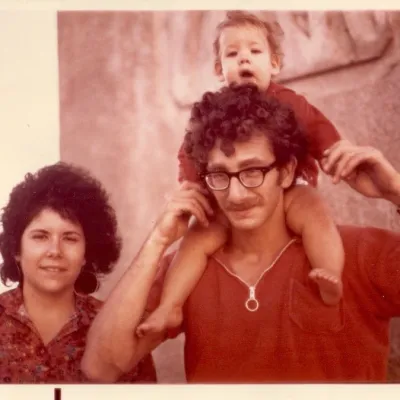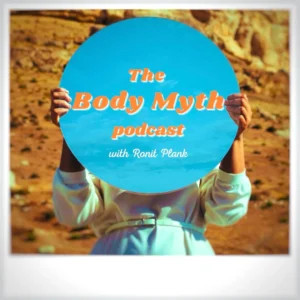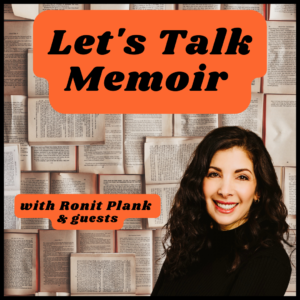I’m so excited to share that the first two episodes of my new limited series podcast THE BODY MYTH are here!
A few months ago, I began surveying women about their body image experience. I asked questions like: When did you begin judging your body? What messages did you get from your family? What did you do to try to change yourself? How many times a day do you think about your shape? What advice would you give to young women about their bodies now?
I learned so much from the women who responded, many of whom are reading this newsletter right now, and the guests I’ve gotten to interview for this first season of The Body Myth.
When you start talking to the women you know about their own body image experience and what they’ve been through growing up in our culture, you begin to grasp how ubiquitous body shame is. Women of all ages, socio-economic backgrounds, and regions have been impacted by a culture that encourages us to monitor and judge our bodies. Collectively we’ve spent hours, weeks, even years, worrying that we’re not good enough. So much of our energy and precious time has gone into body judgement.
I haven’t yet broken free from these patterns of thinking but I want to, and I believe sharing stories and holding space for our experiences will help us reclaim part of ourselves and move us that much closer to body peace.
Thank you to those of you who have participated in the survey for your time and your self-reflection. I’m honored to have this opportunity to speak with you about what you have come to understand about your body image history.
Each episode of The Body Myth will include body image stories from listeners and a featured guest. I hope you’ll tune in and if you like The Body Myth, please share it with your friends.
You can listen and subscribe on Apple or Spotify and learn more here.
My Mother, Father, & Me In Israel
Long before I began writing my memoir, before I even thought about being a writer, I loved looking at our family albums. I was always interested in connection and relationships, and I think I was trying to glean information about who my parents were when they first met and had me and my sister.
Studying our faces and body language I think I felt I could better understand how much my mother loved me and my father, how much my father loved my mother and me, whether or not I once felt secure in our family. Because by the time I was five it all blew apart: my father left, my mother followed a guru, and I jumped in to mega older sister type A mode. A behavior pattern I repeated over and over and look closely at in my memoir When She Comes Back which I began drafting in 2014.
Writing a memoir is also about searching for connections, understanding relationships and finding patterns and I dove right in. I’ve learned so much about memoir over the last few years—in studying them, speaking with memoirists, and writing my own. It’s become my favorite genre and I’ve just launched a new limited series devoted to it.
Let’s Talk Memoir features interviews with memoirists about their craft, their publishing experience, how to write traumatic events, the ethics of sharing family stories, and their advice for writers contemplating memoir.
You can listen and subscribe on Apple and Spotify and learn more here.
I’m thrilled you have subscribed to my monthly newsletter. If you’d like to reach me or have questions or suggestions, please email me at ronit (at) ronitplank (at) gmail (dot) com.
With gratitude,
Ronit



